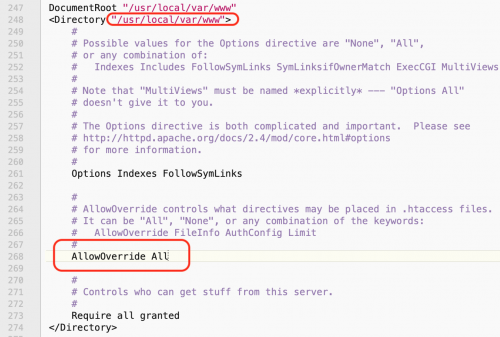campbellsongs
New member

Apache Tomcat is a widely used web server. It can be installed and run on numerous operating systems like Windows, Linux, and macOS. This article will tell you how to install tomcat on mac step by step. But before installing it, you should enable root user in macOS following article How To Enable Root User Or Change Root Password In MacOS. Mac OS X Start / Stop / Restart Apache Web Server Author: Vivek Gite Last updated: May 6, 2017 6 comments H ow do I start or stop Apache/Apache 2 web server using a shell prompt option under Apple OS X (macos) UNIX operating systems?
If in macOS Catalina, using the default install of Apache, if I run sudo apachectl start followed by pgrep httpd it will show multiple occurrences of httpd, sometimes just two and other times four occurrences. I actually never noticed it because on my system httpd doesn't show up in Activity Monitor and why I used pgrep httpd from Terminal. Updating Apache. Mac OS X Mojave and macOS Catalina both come with Apache pre-installed. As noted above, your Apache configuration file is overwritten me when you upgrade to macOS Catalina. There were a few differences in the configuration files. However, since both Mojave and Catalina run Apache 2.4, you could simply backup the configuration. Apache, MySQL & PHP on macOS Catalina 04 Oct 2019. Apple macOS 10.15 ships with both a recent version of Apache (2.4.x), as well as PHP (7.3.x), so you’ll just have to install MySQL and go through a few steps to get everything up and running. First, you have to create a web root in your user account: mkdir /Sites.
My girlfriend just had a repair done on an old iMac G5 (PowerPC).
Running OS 10.4.1
I think they gave her a new logic board.
Since she got it back, when she tries to shut down,
The following shows up in the menu bar:
org.apache.catalina.startup.bootstrap
This interrupts shut down; you have to quit this to be able to shut down.
How can we get rid of this?
I can't seem to find it in applications.
I'm asking here because JAVA appears in the dock during this, so I figure they're somehow related.....
It's a mystery to us.
Thanks
-Rich Campbell
Apple macOS 10.15 ships with both a recent version of Apache (2.4.x), as well as PHP (7.3.x), so you’ll just have to install MySQL and go through a few steps to get everything up and running.
Apache
First, you have to create a web root in your user account:
Then add a configuration for your user:
Now we have to make sure that our user config above actually gets loaded:
If you want to use vhosts, you’ll also have to make sure that the vhosts config gets loaded:
After that, configure vhosts as necessary in /etc/apache2/extra/httpd-vhosts.conf (don’t forget to remove the examples in there).
It seems that mod_rewrite no longer gets loaded by default, so we’ll also add that to our config:
PHP
PHP doesn’t get loaded by default. So we’ll also add it to our config:

You should also configure a few settings in /etc/php.ini:
To activate these settings you have to restart Apache:
If you also need PEAR/PECL, follow these instructions.
MySQL
Macos Catalina Apache Document Root
MySQL is not shipped with macOS, so we’ll have to install that manually. Instead of going for an installer package, we’ll use Homebrew. Once Homebrew is installed, installing MySQL is as simple as:
If you want to start MySQL automatically, run:
Macos Catalina Apache Vhosts
Any comments? Ping me on Twitter. 👉🏻 Get my newsletter for occasional updates. ✌🏻